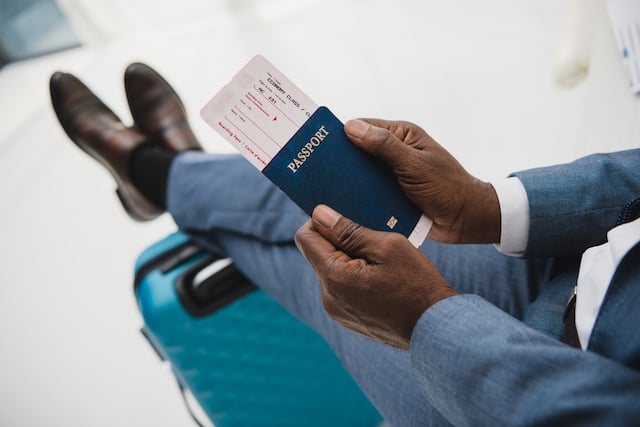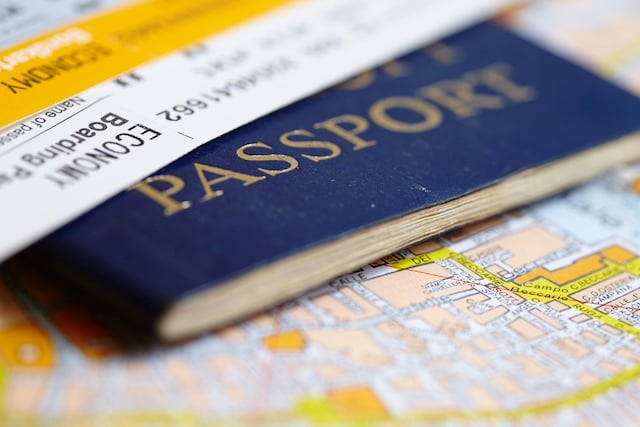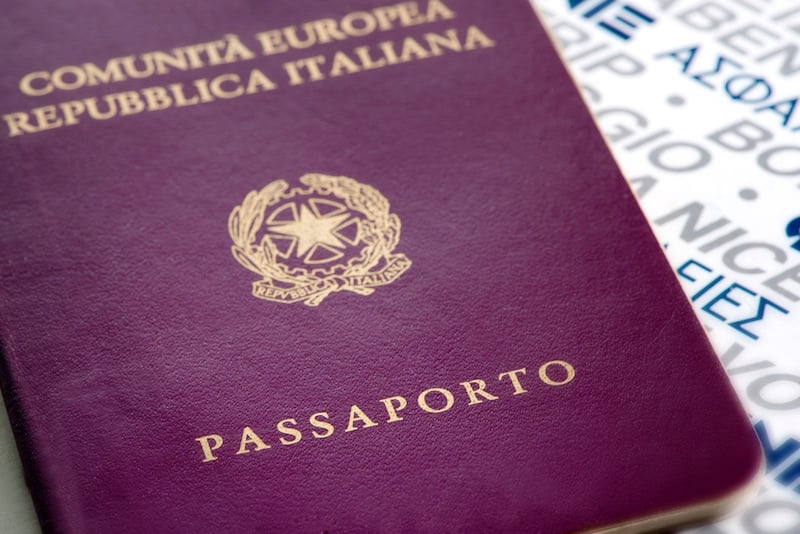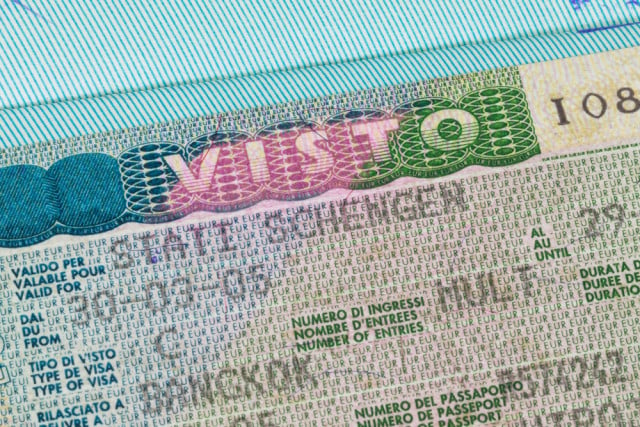You’ve done the hard part. Slogged your way through university, got your degree and embarked on your professional career.
Then you decide to move to Sweden. Naturally, you want to continue practicing your profession. In order to do that, though, you’re going to need some extra paperwork before you can start earning the kronor.
IN PICTURES: Find out which professions might need a permit or additional paperwork before you start working in Sweden
For example, a doctor who has got their qualifications overseas can’t just pick up their stethoscope and walk into a Stockholm hospital and carry on as they did before. Complying with Swedish law and regulations is imperative if you want to continue your professional working life in your new country.
SEE ALSO: Click here for the latest listings for jobs in Sweden
“It all depends on what type of education and experience you’ve got before you come to Sweden. For most professionals they are going to need what we call ‘recognition’ of their qualifications before they can work,” Eures (European Employment Services) adviser Arne Arvidsson of the Swedish Employment Agency (Arbetsförmedlingen) told The Local.
There is in excess of 40 professions that require ‘recognition’ from Sweden, all the way from becoming a practicing advokat (lawyer) to saving animals as as a veterinär (veterinary surgeon). Medical professionals in particular are in demand across the country, said Arvidsson.
SEE ALSO: A look at past My Swedish Career features
“Right now there is a need for more doctors and nurses. They need to contact the National Board of Health and Welfare (Socialstyrelsen) to see if they are suitable to work here.”
Typically, a doctor from overseas will then be given a contract with a hospital after they have been approved by the health board.
Mastering the Swedish language is considered essential if you want to thrive in your new country. English may be enough, however, depending on your line of work. Better still, mechanical engineers don’t need any extra “recognition” to begin employment.
“Along with doctors there is a huge demand for skilled engineers in Sweden. Engineering firms will often employ people who have English and not Swedish as the job doesn’t require it.”
Perfect Swedish would certainly come in handy for anybody who wants to practice law, as would mastering the nuances of the justice system in this country.
“Lawyers have to contact the Advokatsamfund (Swedish Bar Association) and fully understand the Swedish law system as it can be quite different from what they have trained in before,” added Arvidsson.
For many expats, their first route into Swedish employment is taking up a teaching post. Qualification requirements are more stringent now with professional teachers needing “recognition” from Skolverket (Swedish National Agency for Education).
But before you pack your bags and head for a Swedish classroom, be warned as Arvidsson says there is a “surplus” of teachers.
Not all professionals need further “recognition” from Sweden. Most media professionals, such as journalists, can work without any barriers – besides the lack of jobs – here.
“Sweden is not exactly crying out for journalists. There are many who are unemployed but they can at least work here without any issues,” concluded Arvidsson.
Professionals who are considering making the switch to Sweden need to contact the Employment Agency and set up a meeting with a Eures adviser, he added. Sweden has 60 advisers with many of them trained in multiple languages to suit the candidate’s needs.
Patrick Reilly






 Please whitelist us to continue reading.
Please whitelist us to continue reading.
Member comments